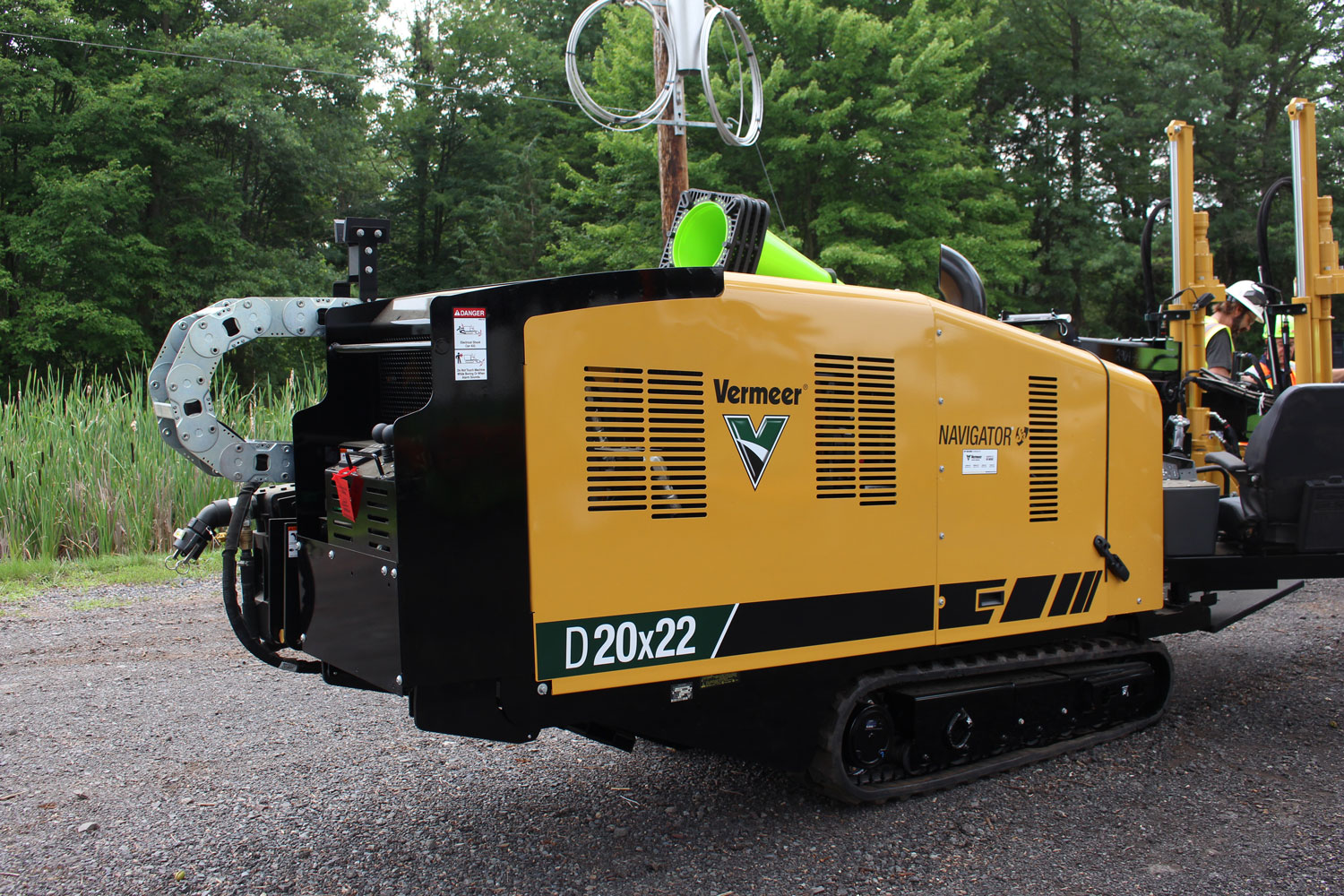Directional drilling has emerged as a transformative technique in various industries, enabling the installation of infrastructure, pipelines, and renewable energy projects while reducing surface disruption. For those unfamiliar with this method, it entails drilling horizontal boreholes to access targets that are often miles away from the drilling rig. This exactness not only optimizes resource extraction in the oil and gas sector but also plays a critical role in constructing metropolitan infrastructure efficiently and with minimal impact.
As we investigate this comprehensive guide, we will examine the evolution of directional drilling technology, its different applications, and the benefits it provides over conventional drilling methods. Whether you are a newcomer seeking to grasp how directional drilling works or an industry professional looking to stay updated on the latest trends, this article will provide valuable knowledge into navigating the world of directional drilling techniques. From tracking systems to tools utilized, we will address the essential facets that define this innovative approach to underground drilling.
Grasping Directional Drilling
Directional drilling is a modern excavation technique that allows workers to bore wells at multiple angles rather than merely straight downward. This capacity to steer the hole makes it viable to access subsurface materials that are not vertically open, ultimately increasing effectiveness and cutting expenditures in the excavation process. The method is particularly beneficial in metropolitan locales where ground disturbance must be reduced and in rugged terrains where standard excavation would be unfeasible.
One of the primary benefits of directional boring is its adaptability. Operators can move around obstacles such as current pipelines, buildings, and ecological characteristics, allowing the retrieval of resources without major ground disruption. Additionally, this technique aids the boring of various shafts from a one site, enhancing land and lowering the nature-related impact. As a consequence, angled drilling has become fundamental in multiple fields, such as oil and gas, infrastructure, and sustainable power projects.
As technology continues to develop, the equipment and methods used in directional drilling have transformed dramatically. Now, advanced tracking technologies and excavation tools provide instant data, enhancing the exactness and reliability of borepath guidance. This innovation not only boosts operational efficiency but also adds to the security and longevity of drilling operations, guaranteeing that angled excavation continues to be an critical method in current infrastructure advancement.
Advantages of Directional Boring
Directional drilling offers many advantages over conventional drilling techniques, primarily due to its ability to reach target areas without disrupting the surface environment. This method is especially advantageous in urban settings where surface disruption can result in significant logistical challenges and increased expenses. By drilling at different angles and depths, teams can access minerals located under buildings, highways, and waterways, reducing the need for large-scale digging and land repairs.
Another, crucial benefit of advanced boring is its effectiveness and cost-effectiveness. The ability to perform multiple lateral boreholes from a single site reduces boring time and cuts down on equipment mobilization costs. This streamlined method not only saves money but also minimizes the environmental footprint associated with boring operations. With technological innovations in drill path design and monitoring, companies can furthermore optimize their boring strategies and cut down on process delays.
In addition, directional drilling plays a vital role in enhancing safety and reducing ecological effects. By restricting the degree of surface disturbance, the hazards linked to traditional drilling techniques, such as landslides and water contamination, are significantly decreased. https://dale-sharp.thoughtlanes.net/navigating-innovative-courses-tactical-planning-in-targeted-boring is particularly important in sensitive environmental areas where maintaining the integrity of the ecosystem is paramount. As companies more and more prioritize sustainable practices, the advantages of directional drilling align with broader goals to encourage responsible resource harvesting and infrastructure growth.

Forthcoming of Directional Excavation
The outlook of directional drilling is poised for substantial advancements as tech continues to advance. Developments in drilling equipment and techniques are enabling companies to achieve higher precision and effectiveness. The incorporation of computer intelligence and machine learning is anticipated to enhance anticipatory capabilities, enabling for superior choices during excavation processes. These innovations are not only boosting excavation correctness but also optimizing the overall capabilities of the drilling procedure.
In addition to technological advancements, there is a rising emphasis on environmental responsibility within the directional drilling industry. As the necessity for sustainable energy sources increases, directional excavation plays a essential role in facilitating the construction of sustainable energy facilities such as renewable farms. https://homemakeup7.bravejournal.net/directional-drilling-techniques-for-accomplishment-in-difficult-landscapes are looking into eco-friendly drilling materials and methods designed to minimize ecological damage, guaranteeing that projects align with international sustainability objectives.
Additionally, as urban areas expand, the requirement for effective underground utility placement becomes critical. Directional drilling is positioned to meet this need by providing a minimal disturbance method for setting up necessary services. Upcoming improvements in applications and detection technology will enable even more precise bore path planning and monitoring, making directional excavation an essential tool in modern urban development projects. This rising dependence on directional drilling underscores its significance in shaping the prospects of development and utility management in densely populated areas.
